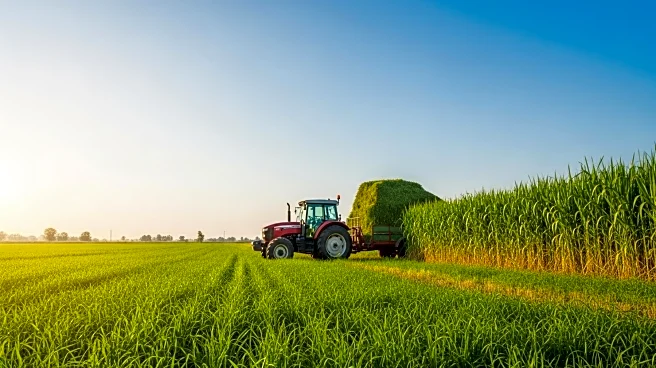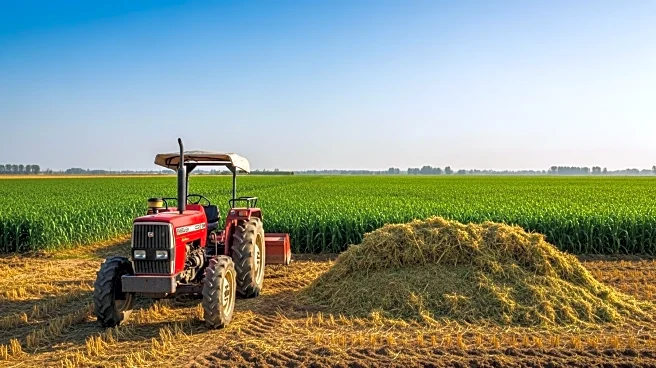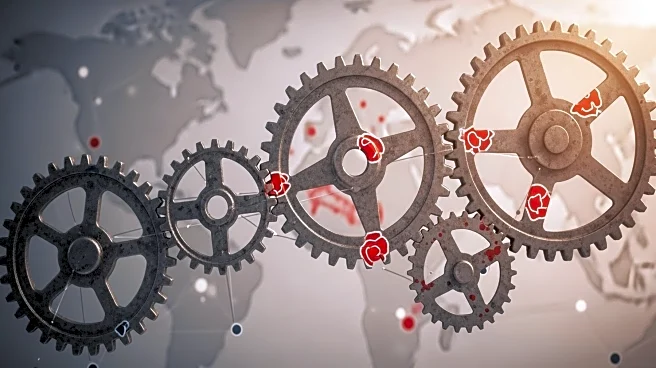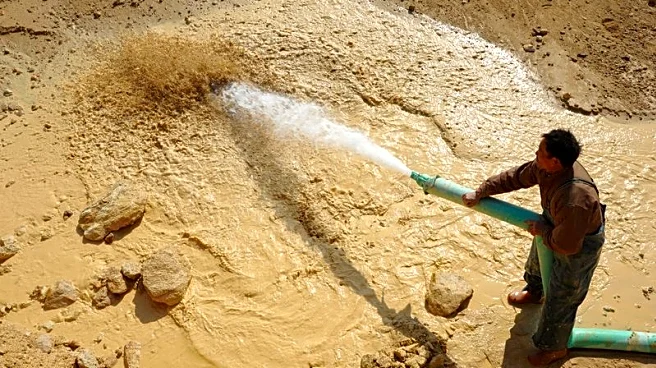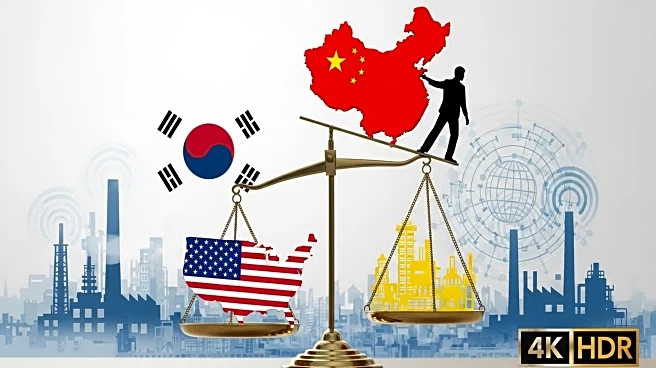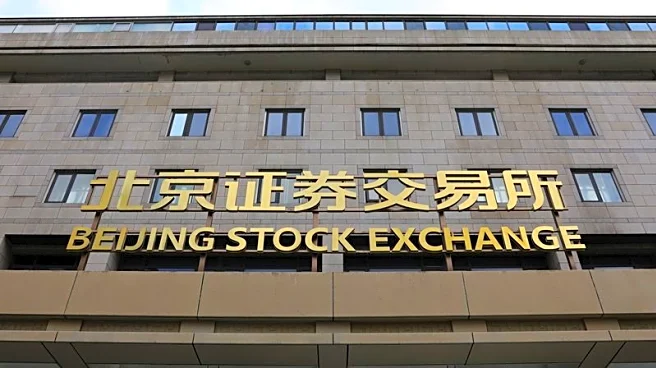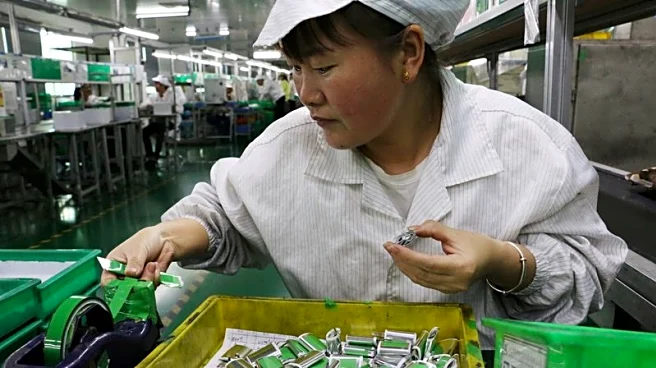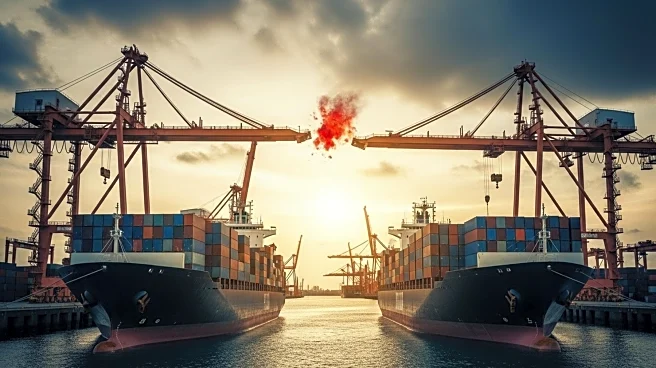What's Happening?
Shakeel Ahmad Ramay, a political economist and visiting research fellow at Hebei University, China, has emphasized the need for Pakistan to realign its development focus as it enters the second phase of the China-Pakistan Economic Corridor (CPEC-II). Following a meeting between Prime Minister Shehbaz Sharif and President Xi Jinping, both countries agreed to accelerate CPEC's implementation and align it with Pakistan's 'Five Es' framework—Export, Energy, Equity, Environment, and Education. Ramay argues that agriculture should be prioritized due to its significant role in GDP, employment, and industrial linkages. He advocates for climate-smart farming, quality seed production, and protection for small farmers alongside corporate agriculture. Additionally, Ramay suggests integrating Pakistani SMEs into Chinese supply chains, particularly in sectors like electric vehicles, while developing joint ventures and local brands to enhance exports.
Why It's Important?
The emphasis on agriculture-driven growth in CPEC's second phase is crucial for Pakistan's economic development. Agriculture contributes significantly to Pakistan's GDP and employs a large portion of the labor force. By prioritizing agriculture, Pakistan can address challenges such as climate change, water scarcity, and low productivity, which are critical for achieving inclusive development. The integration of Pakistani SMEs into Chinese supply chains can strengthen the SME base, increase foreign reserves, and create jobs. Furthermore, developing joint ventures and local brands can enhance Pakistan's export potential and global competitiveness. This approach not only aims to revive struggling public entities but also modernize key industries, positioning Pakistan as a regional innovation hub.
What's Next?
The next steps involve implementing the Action Plan agreed upon by Pakistan and China, focusing on agriculture and industrial cooperation. Pakistan must create small, effective programs to attract targeted funding in areas like climate-smart farming and efficient water management. The government should also establish agriculture research centers under CPEC to support these initiatives. Industrial cooperation requires careful handling, with a focus on supply chain inclusion and joint ventures. Pakistan should leverage its State-Owned Enterprises to address structural mismatches with Chinese firms, potentially reviving public entities like Railways and Steel Mills. Science and technology cooperation should aim to build domestic capacity for technological products and machinery, supported by strong R&D infrastructure.
Beyond the Headlines
The shift towards agriculture-driven growth under CPEC-II highlights broader implications for Pakistan's socio-economic landscape. By focusing on inclusive development, the initiative aims to reduce poverty levels, particularly among small farmers who form the majority. The collaboration between Pakistan and China in science and technology could transform Pakistan into a regional innovation hub, enhancing its hard power capabilities. This phase of CPEC emphasizes performance over promises, with effective policies and timely execution being crucial for success. The initiative also underscores the importance of merit-based operations, ensuring that all efforts contribute to tangible outcomes.
